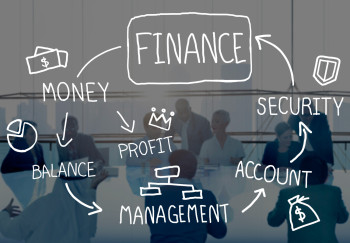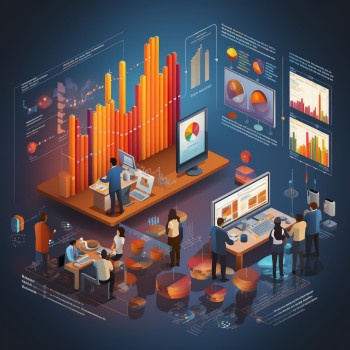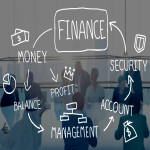In the highly-competitive, cost-sensitive market of today, each business-oriented decision has monetary implications. From introducing a new product, developing a department, or thinking about a growth opportunity, understanding your costs is key. And this is where cost analysis is a priceless tool. It enables businesses to assess their spending, pinpoint avenues for savings, and undertake strategic planning informed by real data — not educated guesses.
What is Cost Analysis?
Cost analysis refers to the examination of different components that include the cost of a product, service, or business activity. It reviews direct and indirect costs to see what resources are being spent where and, most importantly, if any processes or use of resources can be improved.
Cost Analysis: The Key Components of Cost Analysis
Expenses (Direct Costs): Costs that are directly related to a product or service (e.g., materials, labor).
Indirect Costs: General costs that facilitate the production process (e.g., rent, utilities, administration salaries).
Fixed Costs: The bills you pay no matter how many you produce (e.g., lease payments).
Variable Costs: Costs that fluctuate with production output (e.g., raw materials, shipping).
A cost analysis breaks down all these components so businesses can identify ways to cut costs and increase profitability.
Why Is Cost Analysis So Important?
If you practice cost analysis on a regular basis, there is a massive difference between going up and sitting still. Here’s why it’s essential:
✅ Enhanced Budgeting and Forecasting
This allows for more accurate budgeting and forecasting for the future, as cost analysis gives you precise information on where your money goes.
✅ Informed Decision-Making
Understanding the actual cost of operations helps businesses make more informed decisions when deciding pricing, investments, hiring, or cutting costs.
✅ Understanding Waste and Inefficiencies
Performing a detailed cost analysis can reveal waste of resources and help you streamline operations — eliminating wasteful spending.
✅ Better Profit Margins
When you know what makes up your costs, you can price your products and services accordingly to achieve healthy profit margins.
✅ Stronger Negotiating Power
When you know your costs, you’re in a much better position to negotiate with suppliers, partners, or clients from a position of strength.
Steps in Performing a Cost Analysis
A cost analysis doesn’t have to feel like a heavy lift. Here’s a step-by-step plan:
Define the Objective
Decide what you’re analyzing. Are you looking at the cost of a product, project, service, or department?Collect Data
This will include everything from invoices and payroll records to production reports and supplier contracts.Classify Costs
Segment your costs into different types: Fixed and variable versus direct and indirect.Calculate Total Costs
Total each category to get the total cost of the activity or purchase you are looking at.Analyze and Interpret the Data
Identify trends, inefficiencies, or unexpected spikes. Measure present rates against historical performance data or industry standards.Provide Strategic Recommendations
Based on the results, recommend cost-saving strategies or changes in operations to increase efficiency.
Cost Analysis: Applications in the Real-World
Analysis is not limited to a particular industry or function:
📦 Manufacturing: Assess the price of resources, workforce, and machinery to maximize outputs.
🏗 Construction: Get accurate project cost estimates to be budget-wise.
📊 Marketing: Examine campaign costs for ROI.
🧾 Accounting & Finance: Help with pricing strategies and financial reports.
🧑💼 Human Resources: Evaluate the cost of hiring, training, and employee benefits.
Difference Between Cost Analysis and Cost-Benefit Analysis
Both are useful tools, but understanding the difference between cost analysis and cost-benefit analysis can be invaluable:
Cost Analysis – Focuses on the costs involved in a project or operation.
Cost-Benefit Analysis – Compares the total costs to expected benefits or returns.
Cost analysis is often a step in a more detailed cost-benefit analysis.
Final Thoughts
Knowing how much it costs you to operate and all that comes with it will lead you to long-term success. Whether it’s waste reduction, improving profitability, or future planning, cost analysis provides you with the clarity you need to proceed confidently.
It’s not only about spending less — it’s about spending better.
Need Help With Cost Analysis?
Whether you’re assessing your business processes or reducing expenses, our expert finance team can assist. Our cost analysis services are tailored to your industry and goals, so reach out to us today!
📞 Free consultation call — Let’s discuss strategy!





















